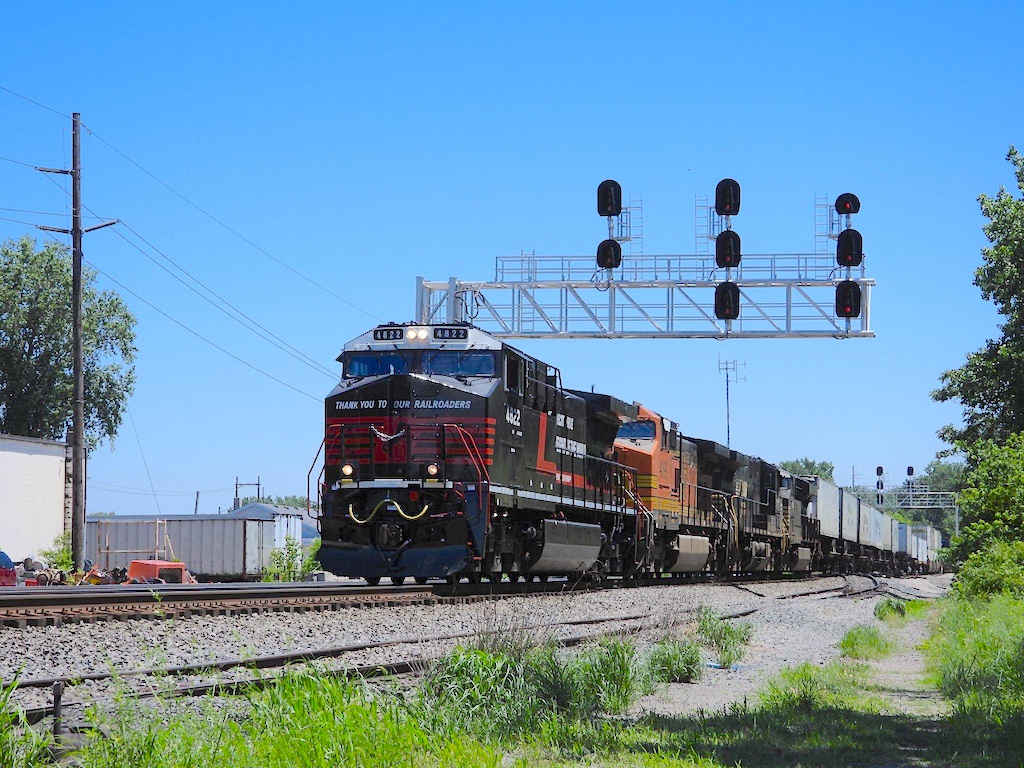
Predicting the future is tricky business. Circumstances can change at the drop of a hat, opening up previously unforeseen possibilities. However, with analysis and careful guesswork, a prediction can be made. With that in mind, let us examine the future of the locomotive on the U.S. rail network.
The current state of railroading
To predict the future, we must first look at the present. The railroad industry of today is almost unrecognizable compared to even 30 years ago with, for example, AC traction really changing the game. Some of these locomotive changes will indeed inform us about the future.
Since the 1980s, the number of Class I railroads in North America has shrunk from almost two dozen to six — four American roads, and two Canadian. There are also two national passenger operators. Efficiency is the game, and the almighty operating ratio is the primary concern. While there are hundreds of short lines, commuter operators, and regional railroads, these eight companies are the primary drivers of the new locomotive market — few others buy new.
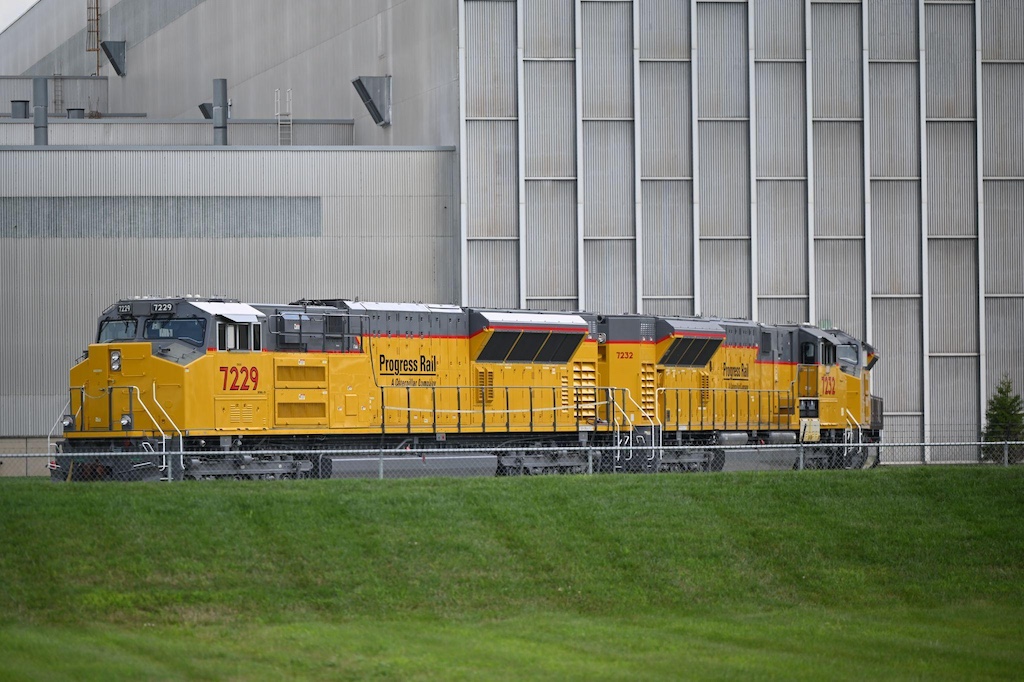
The builders
However, in recent years, the Class I operators haven’t been buying new locomotives either, much to the detriment of the locomotive manufacturers.
EMD and GE, which sold thousands of Evolution and SD-series locomotives in the 1990s, found their order books drying up by the early 2010s. Cuts had to be made. EMD locomotives — once produced by a division of General Motors — are now made by Progress Rail ( part of heavy equipment builder Caterpillar). GE was sold to Westinghouse Air Brake, now Wabtec. Both companies are shells of their former selves, and make the majority of their new locomotive sales abroad, while domestic order books are primarily filled with locomotive rebuilds.
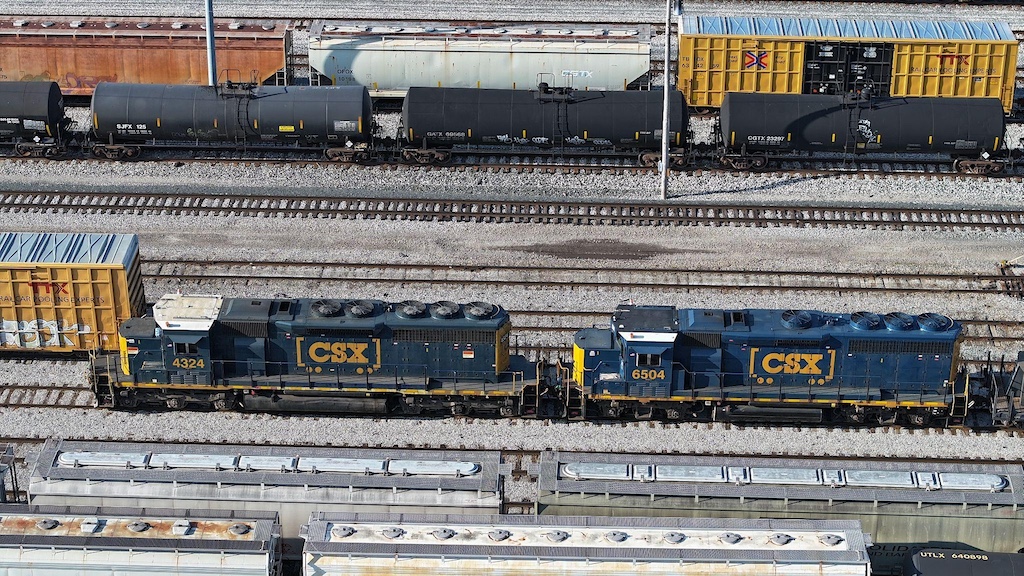
Rebuilds
Rebuilds are a more economical choice for railroads — Norfolk Southern estimates that the cost of a rebuilt AC44C6M locomotive is half the cost of buying a new one. Doing so can be done at non-traditional facilities — while Wabtec performs a majority of NS’ rebuilds at its Fort Worth, Texas, and Erie, Pa., plants, NS does a handful every year in-house at Juniata Shops in Altoona, Pa., a facility not equipped to build new locomotives at scale.
Another driver of locomotive rebuilds are environmental restrictions: Since 2015, all new-build locomotives in the U.S. must conform to EPA Tier 4 emissions requirements. While such locomotives have been built — Progress, for example, has produced the F125 passenger locomotive and the SD70ACe-T4 freight engine — results have been mixed at best.
The SD70ACe-T4 has suffered from reliability problems and slow sales; fewer than 200 units have been built. Similar problems sidelined the F125, which suffered years-long program delays due to mechanical issues during testing; 40 units have been delivered to a single buyer (Southern California’s Metrolink), the last in 2022. Wabtec’s ET44AH offering has similarly suffered slow sales from internal competition. As noted earlier, an AC44C6M rebuild costs half as much as a new locomotive, while only needing to comply with the locomotive core’s as-built emissions standards.
This spree of rebuilds is not limited to mainline road units. Road-switchers like the venerable SD40 and GP38/40 are entering their second or even third lives. Railroads ranging from Norfolk Southern and CSX to the Wheeling & Lake Erie roster countless SD40-3 locomotives, built mostly in-house to company specifications that can even include new cabs. A locomotive rebuilt to Dash-3 standards means the control system has been upgraded to some form of microprocessor or computer control system, among other improvements.
Recently, CSX has received SD40-2s rebuilt into Tier 4-compliant ET23DCM locomotives using a six-cylinder GE GEVO engine, ensuring the type will continue to run long into the future.
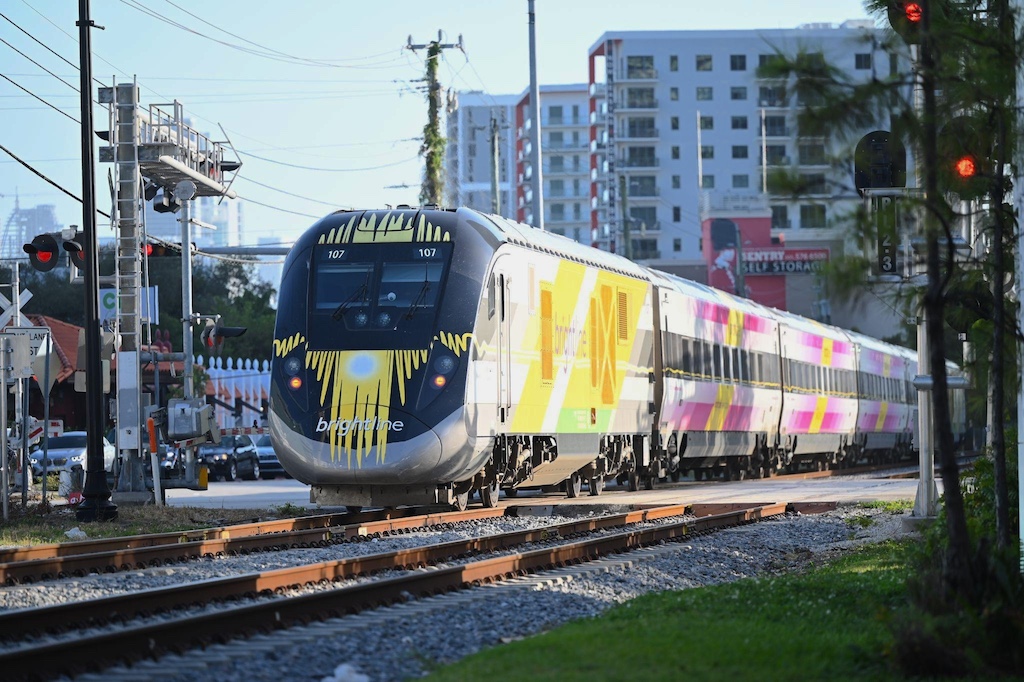
The rest
While EMD and GE have massively pared back new-build domestic locomotive operations, small manufacturers have stepped up to fill in gaps. Builders and rebuilders like Brookville, Knoxville, Railpower, NRE, MPI (a division of Wabtec), Siemens, and Alstom have all entered the market to fill market needs. Genset units from builders like Brookville and Railpower have had limited success in the small switcher market, while MPI, Siemens, and Alstom have almost entirely taken over the passenger rail industry.
While some cater mainly to the new locomotive market, all of these builders — and many others — also do brisk rebuilding business for railways large and small.
Small railways have been well served by Class I castoffs for many generations, with new locomotives few and far between. Shortline railroads are a veritable smorgasbord of the old and unusual, with units lasting well past the 60-year mark.
Fuel for the fire
No discussion of the present or the future would be complete without touching on the subject of locomotive propulsion itself. Since the first EMD E and F units rolled out of La Grange, diesel has been the driving force behind the North American rail industry. However, in recent years, replacements are being discussed. Diesel exhaust is a serious source of air pollution, and with global warming a global issue, a transition away from hydrocarbon-based fuels has become more important than ever.
That being said, recent proposals for alternative fuels such as hydrogen and natural gas, as well as zero-emission solutions such as battery-electric locomotives, have not gotten very far. CPKC and CSX are both testing hydrogen fuel locomotives, while Florida East Coast has seen some success in operating liquefied natural gas tenders on trains.
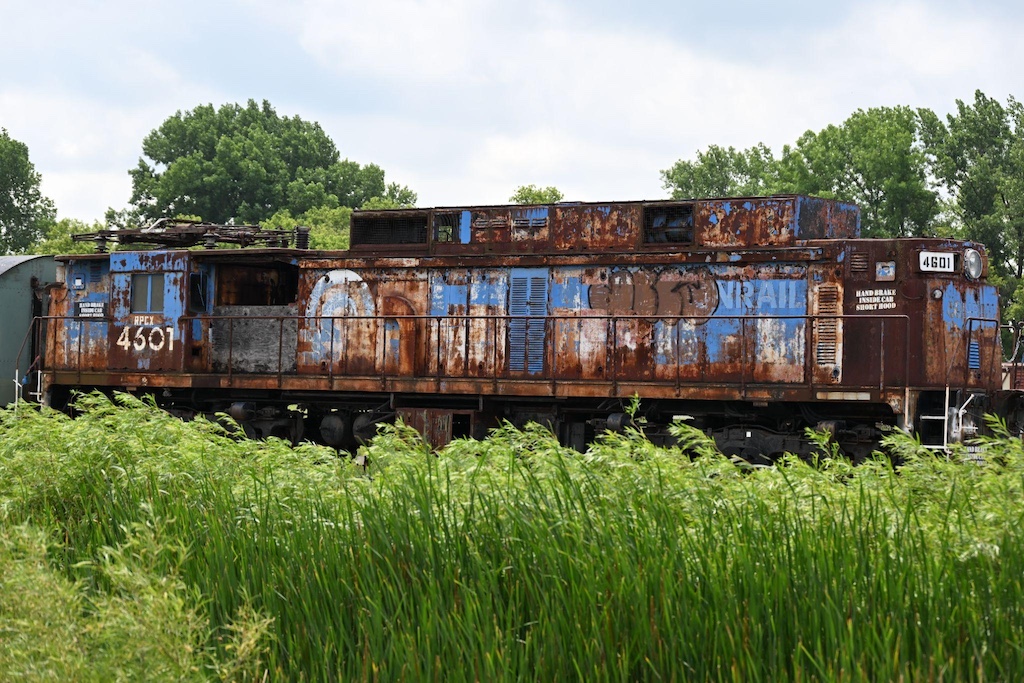
Other than LNG, none of these fuel sources have the energy density or reliability of diesel, and natural fuel sources still produce an unacceptably high amount of emissions — the goal should be zero.
The obvious solution is mass electrification of the U.S. rail network, similar to what has been done in most of Europe and parts of Asia. However, this is currently a fantasy due to the prohibitively high cost of installation across the entire rail network. The last time an electric freight train ran on a U.S. Class I railroad was in 1981, when Conrail ceased electric service.
In 2023, the California Air Resources Board announced plans to ban all internal combustion locomotives from the state by 2035. However, how this would be enforced, and what railroads would do about it, remains unclear.
The future
So what will the locomotive look like in 20 years? How about 40? More?
The 2040s
Looking just 20 years into the future will not reveal some great science fiction utopia. (Although it won’t be a dystopia either.) The locomotive of the future will likely remain the locomotive of today, in more ways than one.
Based on the current trend of mass rebuilds — and the resultant effect this has had on locomotive manufacturers — it’s extremely unlikely that any new locomotive class will take the rail industry by storm and achieve ubiquity in the way EMDs 40-series or GE’s DASH 8 series did.
Instead, the successors to the SD40, ES44, and the SD70, and even the AC44C6M, will likely be the SD40, the ES44, the SD70, and the AC44C6M, thoroughly rebuilt for the second, third, fourth, or even fifth time with new and more efficient internals. Of course, new locomotives, especially four-axle shunters from small locomotive builders, would serve alongside them, but the face of railroading in America would likely remain the same comfort-cab road unit that was introduced in the 1980s.
It’s also likely that this engine will remain powered by diesel fuel, as even the most advanced form of hydrogen or battery propulsion will likely remain confined to short-distance local or yard duties. The railways running these engines will likely remain the same as well — following the creation of CPKC rail in 2023, the Surface Transportation Board seems loath to allow any further mergers at the scale seen in the 1990s and 2000s, as it would create a “super railroad” so large that it would eliminate even the pretense of competition in large portions of the country.
This state of affairs would likely be the same at the short line/regional rail level, as well. Railroads are constantly adjusting fleet numbers due to economic conditions, and many locomotives will eventually end up in the hands of smaller railroads, as has happened for a hundred years. As they do not possess the finances of the Class Is, they will likely run these engines until the wheels almost fall off, ensuring that no matter what, some “modern” locomotives will keep running long into the future.
Finally, a moment must be spared to talk about rail preservation.
In years past, any railroad historical society or museum could expect to keep a steam locomotive or old diesel switcher going with the help of former railroad employees, or failing that, someone who is handy with machines. That will change as locomotives from the era of computerization enter preservation; these engines are often equipped with proprietary computer systems that were written/programmed decades before their retirement, and knowledge of these systems may disappear before they reach a museum. This may make it impossible for some equipment to ever run again after retirement. For example, the United Railroad Historical Society of New Jersey had to learn complex microcontroller systems to properly care for its ex-NJ Transit ALP-44. It’s likely that many museums, lacking funding and volunteers, will be unable to do this, and will leave many locomotives from the “modern era” confined to display status.
The 2060s
Estimating the future 40 years from now is a perilous exercise that usually ends in laughable failure. However, a few predictions can be made:
The locomotive of the future will likely have a form we’re familiar with today — although the context in which we’re familiar with it may change. Should mass electrification eventually take hold, locomotives may resemble designs from abroad, such as the Russian 2ES10 or Chinese HXD1 — monstrous multi-unit electric locomotives putting out over 12,000 horsepower. If diesel power remains prevalent, it’s likely that the same basic form factor of a late 1900s-built diesel will endure — provided that the engine comes from EMD, GE, or their successor companies.
Manufacturers like Alstom and Siemens, huge players in the European market, have managed to make sizable gains into the passenger rail industry starting in the 2010s, and with U.S. builders on the back foot, the next generation of American diesels could be European in design. It’s already started with passenger engines — the Siemens Charger shares much of its design language with the Euro-spec Vectron locomotive, and the EMD F125 carbody was designed by Spanish builder Vossloh.
The locomotive of the future will be smarter and cleaner than ever, with stricter emissions controls and fuel management software helping the engine to run as cleanly and efficiently as possible. (Note: Telematics systems, which are in all new locomotives today, report problems back to corporate offices in Omaha, Atlanta, Jacksonville, and Fort Worth in real time.) It’s even possible that the locomotive of tomorrow could be self-driving; however, that would require a labor union buy-in currently difficult to anticipate.
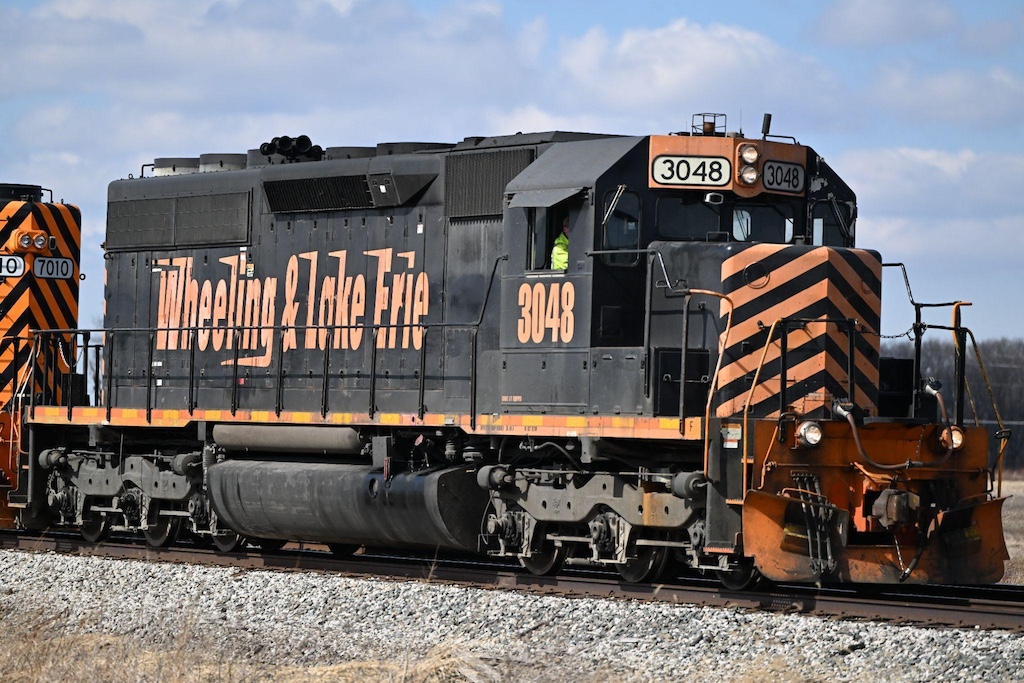
In conclusion
As for the locomotives of the past — our locomotives of today — they will likely be seeing the end of their lives rapidly approaching. Forty years of emissions standards and technological/societal change will make even a Tier 4 engine seem as antiquated as an F unit does to us today, and any units that have survived the economic and environmental challenges of the next four decades will likely be in shortline service, where their cheap cost will likely outweigh any other factor. Some will be in museums, acting as teaching aids about a time long past.
And finally, in some deep corner of a yard on some Class I railroad, there will be an SD40 of some configuration still kicking cars. Those things are like insects — they will outlive us all!






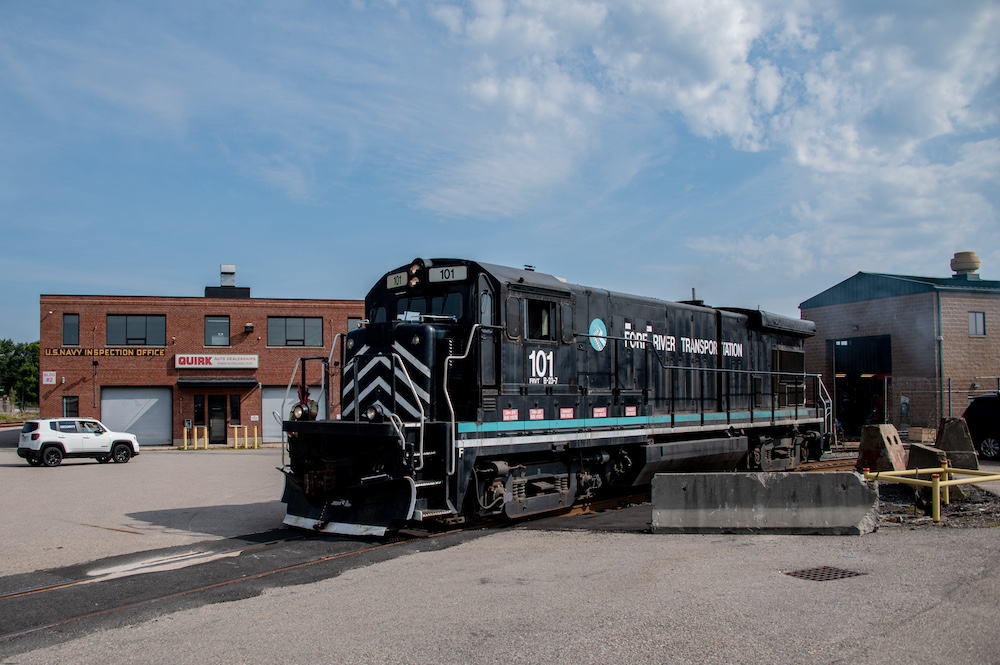
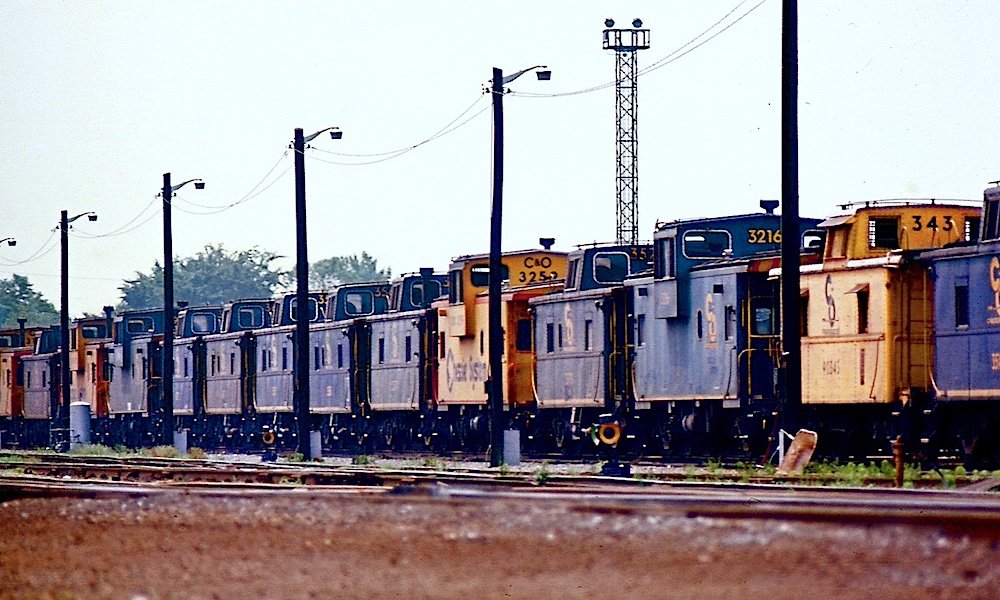
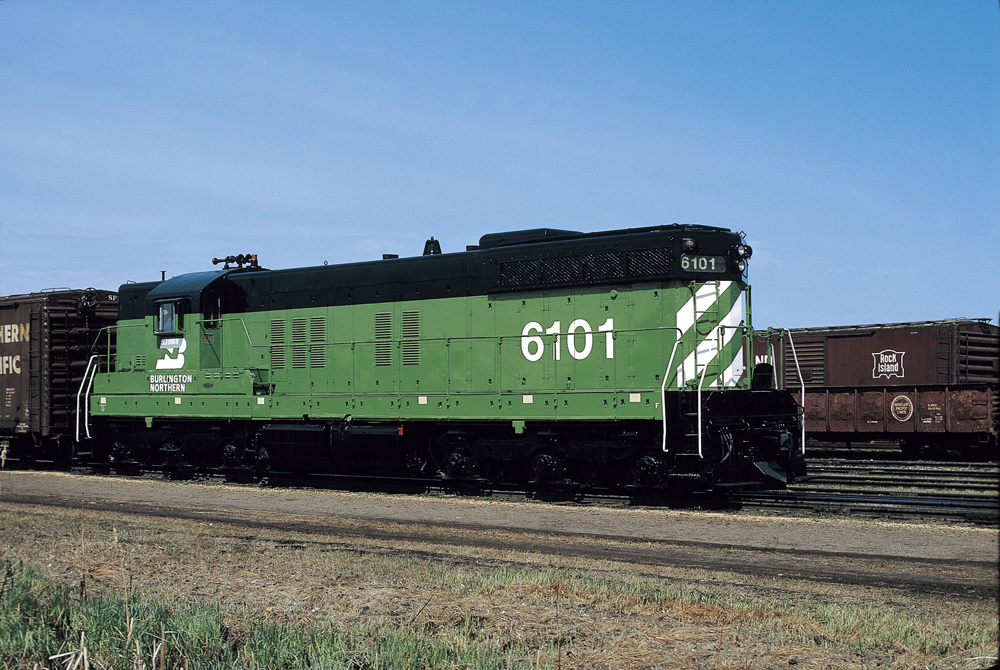
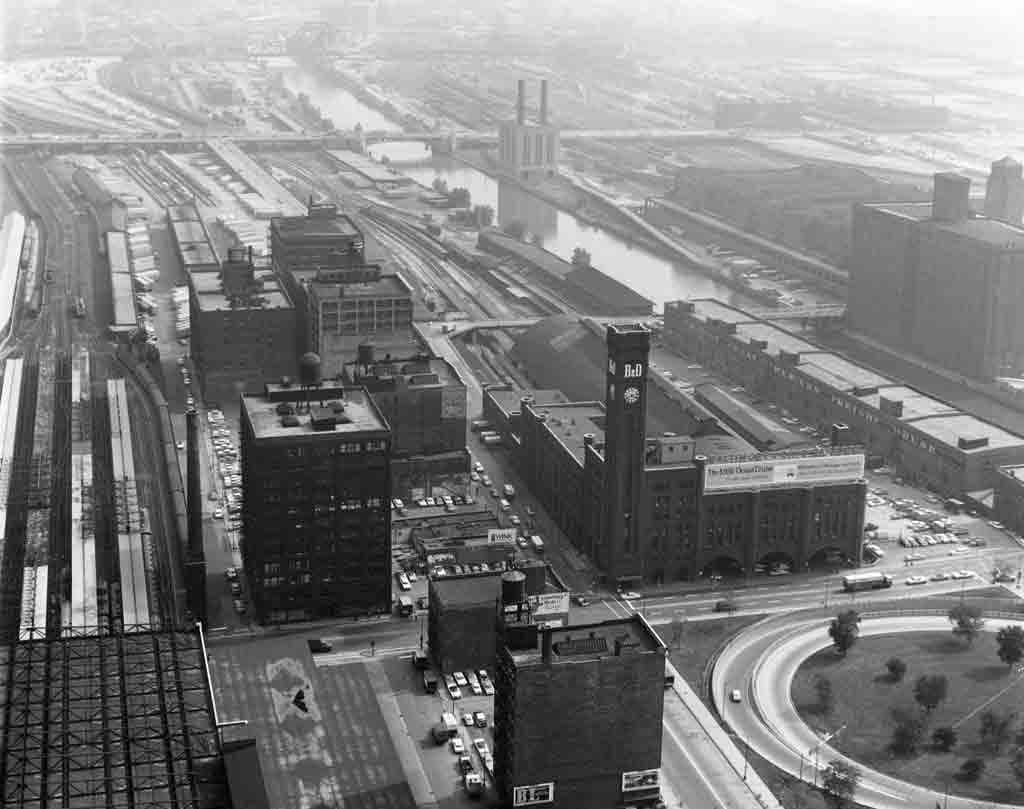




There’s nothing we can do about it, but the railroads of the future won’t excite anyone. Here in Europe, few people are interested in railroads any more. Or, yes, old steam locomotives or old electric equipment which still had a certain impressive “look”. Just look at the model railroad industry: Marklin almost disappeared, and the emblematic Rivarossi and Lima, for example, were bought up by the English company Hornby. Young people have long since lost interest in model trains. Because here, trains have lost their appeal… There are only three locomotive models left, they all look alike, they don’t make any noise, There’s nothing to get excited about. I myself am no longer interested in modern trains; they’ve become elevators on rails. A passion is built on emotion, not technology, and the new trains give off none, compared to the old ones.
I myself rediscovered a passion for trains during my travels in the United States.
Whereas in Switzerland we had trains that had become banal and uninteresting, here I discover noisy, heavy locomotives, impressive, long trains with engines at the front, in the middle and at the back… I was reliving it all! Big, thumping diesel engines that grab you by the guts, it’s impressive. It was still 100% American-made, and I thought it was magnificent.
Now the future, from a passion point of view, I don’t think it’s going to interest many people any more. It’s already predicted that future equipment is likely to be European, It’s a shame, but there’s nothing we can do about it.
Look at the stations… 30 years ago, it was exciting, several types of locomotive, different skins depending on which company, it was great!
Today, maybe two types of locomotive, depending on the region, with the same colors, it’s become sad.
When I was a child, I used to dream here in Switzerland, seeing images of Santa Fe locomotives… This company was mythical, just like the Pennsylvania, the New York Central, etc… I’m sorry, but BNSF doesn’t make me dream…
It’s the same thing with cars… Who’s going to be excited about future electric cars? Before, when you bought a car, (I’m speaking for the enthusiasts) you bought a know-how, an engine manufacturer, like Alfa Romeo, Ferrari, Jaguar, Porche, BMW, or a big American V8…
Each car had its own specificities. Now, who’s going to be interested in the same cars, all with Samsung or Chinese electric motors? In fact, it’s already starting. In many European countries, television programs devoted to cars have ceased for lack of viewers. We used to talk about in-line 6-cylinders, V6s, V8s, flat engines (Porches), self-locking rear axles, overhead camshafts, and so on…
We used to marvel at a Chevrolet Corvette! Now we’re talking screen size, number of speakers and USB sockets… Wow!
All this to say that you can’t go against progress, but you can still have a passion for what came before, The proof is in all the restorations that are being carried out, whether on the railroads or in the car industry.
sometimes predictions don’t go right as they seem
Regarding the EMD SD70ACe-T4, UP is happy with theirs’. There were teething problems for the model initially and its late entry to the market restricted the amount of new units that could be sold. I don’t know the status of the 10 units that CSX purchased although I see them occasionally on Virtual Railfan live streams. As for electric locomotives, unless the government gets involved as many did in Europe and other parts of the world to electrify the continents, the Class Ones will eschew any form of electric as you said because of the cost. Its possible it could run again on NEC but that would only occur if forced by regulation or a new technology that greatly reduces the cost. The only other large scale electric railroad I am familiar with is the utility operated railroad on the Utah/Colorado Border serving the Deseret Generation Bonanza Plant south of Vernal, Utah. That route currently (no pun intended) utilizes eight GE E60 electric units although were they to be retired, the future of the electric power system is uncertain. Time will tell…
Something no one has mentioned, is the environmental cost to scrapping locomotives and cars. I cringe when I see an automobile junkyard full of vehicles. It speaks well of the efficiency and reliability of past locomotive construction that these older frames and trucks can be upgraded to near contemporary standards. Finally, necessity is the mother of invention. There is a way forward but requires brain power more than horsepower. Blessings